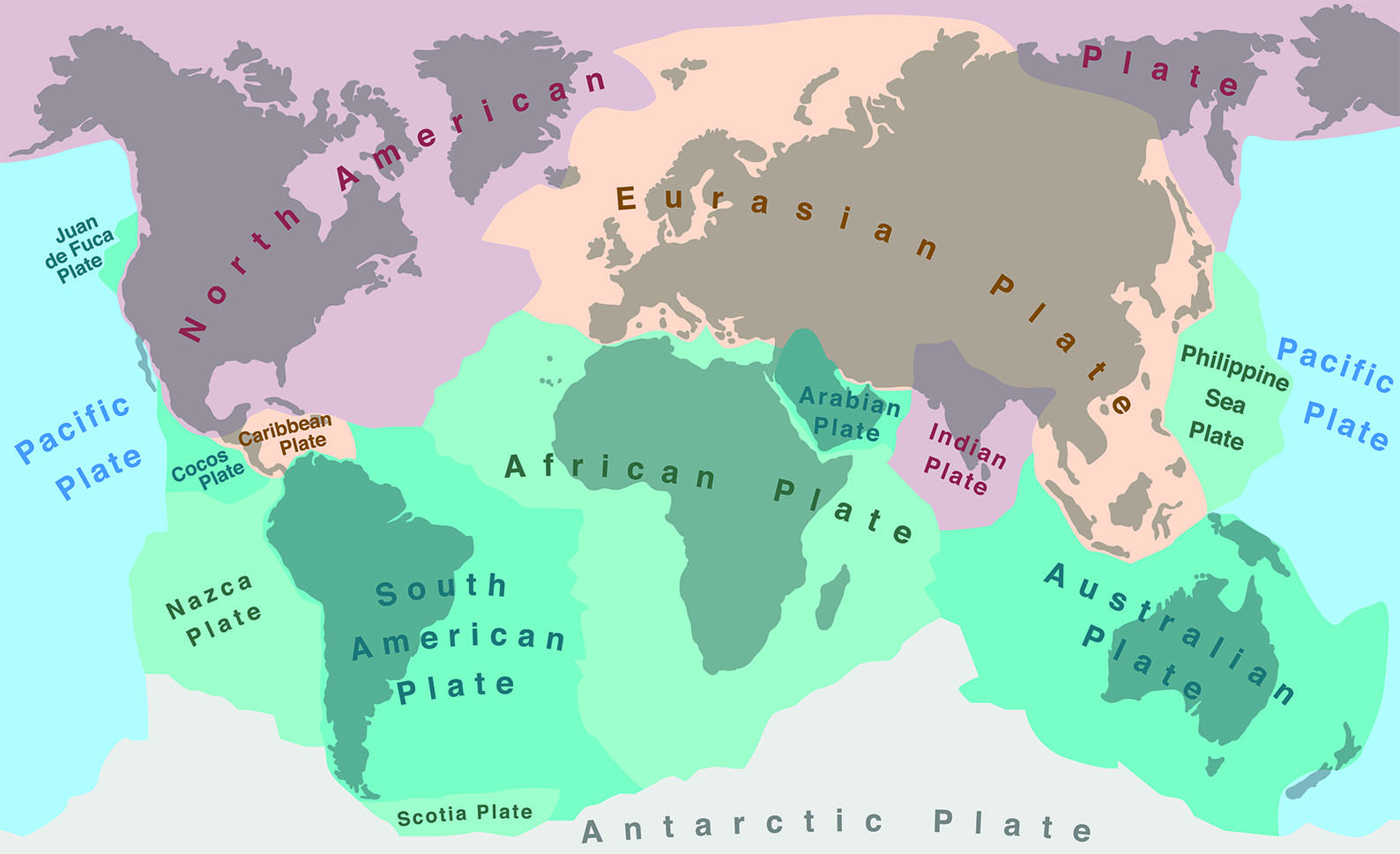New Curtin University research into how Earth’s rocks formed billions of years ago has helped unlock the mystery of how the planet’s unique plate tectonic behaviour changed over its more than four billion-year lifetime.
The research, published in Nature today, found that by comparing the temperature, pressure and age of ancient rocks, it was revealed that plate tectonics evolved gradually over the past 2.5 billion years as our planet slowly cooled.
Lead Australian researcher Dr Tim Johnson, from the School of Earth and Planetary Sciences at Curtin University, said the new research helped settle the ongoing debate of when and how earth’s plate tectonics system began.
“Metamorphic rocks are those that transform as they are buried and heated when tectonic plates grind together. Not only are they exceptionally beautiful, they may also hold the key to unlocking the mystery of how Earth’s unique plate tectonic behaviour changed throughout time,” Dr Johnson said.
“Some geologists consider that Earth has had plate tectonics throughout its four-and-a-half billion-year existence, whereas others consider that plate tectonics appeared abruptly some one billion years ago.
“Using a simple statistical analysis of the temperature, pressure and age of metamorphic rocks, we have revealed that plate tectonics evolved gradually over the past 2.5 billion years as our planet slowly cooled.”
Dr Johnson said a large focus of the research was on how Earth’s tectonic processes might have changed through the Proterozoic Eon, 2.5 billion to 0.54 billion years ago, which represents nearly half of Earth’s history.
“There is debate as to whether the plate tectonic processes we observe today can be used to interpret really ancient rocks or if Earth’s tectonic processes were fundamentally different in the deep geological past,” Dr Johnson said.
“Understanding how the ancient Earth was different to the modern Earth is key to accurately interpreting how Earth’s rocks formed and why they are distributed across the continents in the patterns that we see, including where mineral resources occur, how extensive they might be, and where additional resources might be found.”
The research paper was co-authored by Dr Robert Holder and Professor Daniel Viete of Johns Hopkins University and Professor Michael Brown from the University of Maryland.
The report, ‘Metamorphism and the evolution of plate tectonics’, can be found online here.



